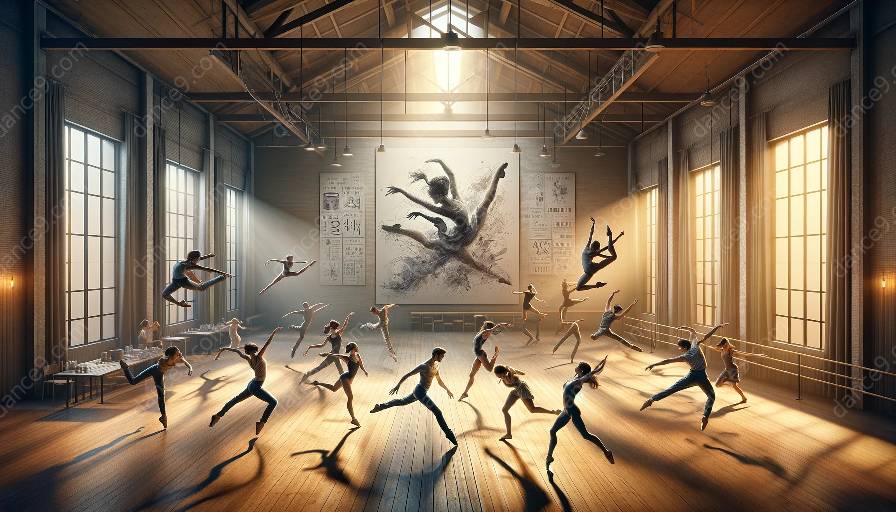Dance is a universal language that transcends cultural barriers, and it encompasses a wide range of diverse styles and techniques, each with its unique characteristics and expressions. As dancers, understanding and adapting to diverse dance styles is crucial for artistic growth and proficiency.
Understanding Diverse Dance Styles
When exploring diverse dance styles, it is essential to delve into the origins, cultural significance, and fundamental movements of each style. From ballet to hip-hop, salsa to contemporary, each dance style carries its history and essence that influences the choreographic techniques and overall presentation.
Adaptation and Fusion of Dance Styles
Adaptation to diverse dance styles involves the ability to cross over and fuse elements from different genres seamlessly. This process requires a deep understanding of the unique characteristics and technical demands of each style. Dancers often adapt and fuse styles to create innovative choreography that showcases the beauty of diversity and artistic expression.
Choreographic Techniques
Choreography is the art of creating and arranging dance movements into a cohesive and expressive composition. It is crucial for choreographers to adapt their techniques to match the specific requirements and nuances of diverse dance styles. From the use of space and dynamics to the manipulation of timing and musicality, choreographic techniques play a vital role in translating the essence of each dance style into captivating performances.
Exploring the Compatibility
The relationship between adaptation to diverse dance styles and choreographic techniques is intricate and symbiotic. Choreographers must possess the knowledge and skills to seamlessly integrate various dance styles into their compositions while maintaining the authenticity and integrity of each style. This compatibility allows for the creation of dynamic and engaging choreography that resonates with audiences across different cultural backgrounds.
Technical and Artistic Challenges
Adapting to diverse dance styles presents both technical and artistic challenges for dancers and choreographers. Technical challenges may include mastering new movement vocabulary, adapting to different rhythms, and understanding the unique body mechanics required for each style. On the other hand, artistic challenges involve infusing personal creativity while respecting the stylistic integrity of each dance form.
Embracing Diversity and Inclusivity
Through adaptation to diverse dance styles, dancers and choreographers have the opportunity to embrace diversity and inclusivity within the dance community. By exploring and incorporating various cultural dance traditions, individuals can promote cross-cultural understanding and appreciation, fostering a sense of unity and harmony through movement and expression.
Adaptation to diverse dance styles is an ongoing journey of discovery, growth, and creative exploration. It allows dancers and choreographers to broaden their artistic horizons, deepen their understanding of different cultures, and create impactful performances that celebrate the richness of human expression through movement.






































